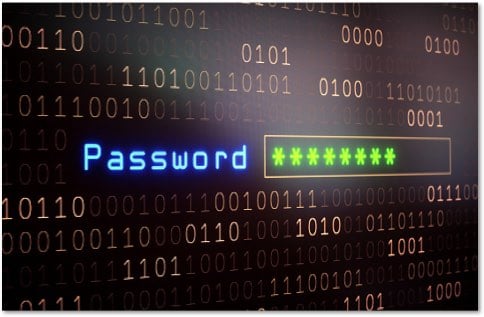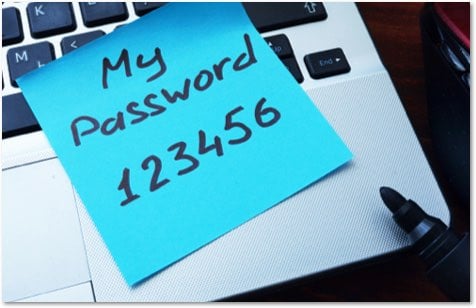Hackers Don’t Break In, They Log In
Did you know that one-third of malware breaches are caused by password-dumping malware? Compromised login credentials are involved in most data breaches, with 86% of web application attacks arising from this issue (Verizon, 2023). Understanding the root cause is the first step towards better password security and stronger identity protection.

How Do Attackers Compromise Passwords?
Since usernames and passwords are often the only hurdles to accessing systems that yield financial rewards, hackers have taken a keen interest in lifting them when possible. Some common ways to compromise this information include:

Phishing and Spear Phishing
Phishing, which makes up 44% of social engineering incidents (Verizon, 2023), is a common tactic hackers use to send emails and text messaging to trick users into entering credentials on malicious web pages or forms. These phishing attempts can be highly convincing and even sophisticated enough to target and dupe individuals with a great deal of privileged system access, known as spear phishing.

Dark Web Markets
Over 550 million stolen passwords have made their way onto the dark web since 2017 (CNET, 2021). Major data breaches can expose many user credentials and other personal information, including birthdays, credit card numbers, addresses, Social Security numbers, and more. Cybercriminals often package all that information for sale to other bad actors on the dark web.

Brute Force Attacks
Knowing people tend to favor simple, easy-to-remember passwords, threat actors use brute force techniques to steal credentials. This involves many attempts to guess the correct password, often with automated tools that can circumvent limitations on authentication attempts and check tens of thousands to hundreds of millions of passwords per second.

Evil Twin Access Points
Using an easy-to-find $99 device, cybercriminals can spoof a legitimate Wi-Fi hotspot and fool people into connecting. This technique enables them to observe network traffic, record user keystrokes, steal data and passwords, and more.

Poor Password Practices and Password Reuse
44% of workers reuse passwords across personal and work-related accounts (Tech Republic, 2021). Password reuse, passwords based on personal information, and the lack of tools like password managers make it easy for threat actors to crack passwords.
Infographic
The State of Password Security
- 65% of organizations deal with password reuse issues.
- Passwords are easy to hack and provide only one line of defense.
- Protecting passwords should be priority number one to prevent a leading cause of data breaches.
Choose a Comprehensive Security Approach
WatchGuard works with leading managed service providers to help organizations protect identities, assets, networks, and information. Let your company work confidently and worry-free with easy-to-use and complete security solutions.

Comprehensive Multi-Factor Authentication
AuthPoint MFA offers offline and online authentication methods, SAML-based web single sign-on (SSO) access to applications, and a unique mobile DNA feature that provides SIM swap protection.

Monitor Credentials Exposure
AuthPoint Total Identity Security combines authentication and credentials monitoring to proactively detect compromised usernames, passwords, and domains on the darknet.

Trusted Wi-Fi Networks
Tackle wireless network security challenges like rogue access points, network visibility gaps, and a lack of control. Build a framework that meets the needs of remote users, distributed enterprises, and the ever-growing number of connected devices.


